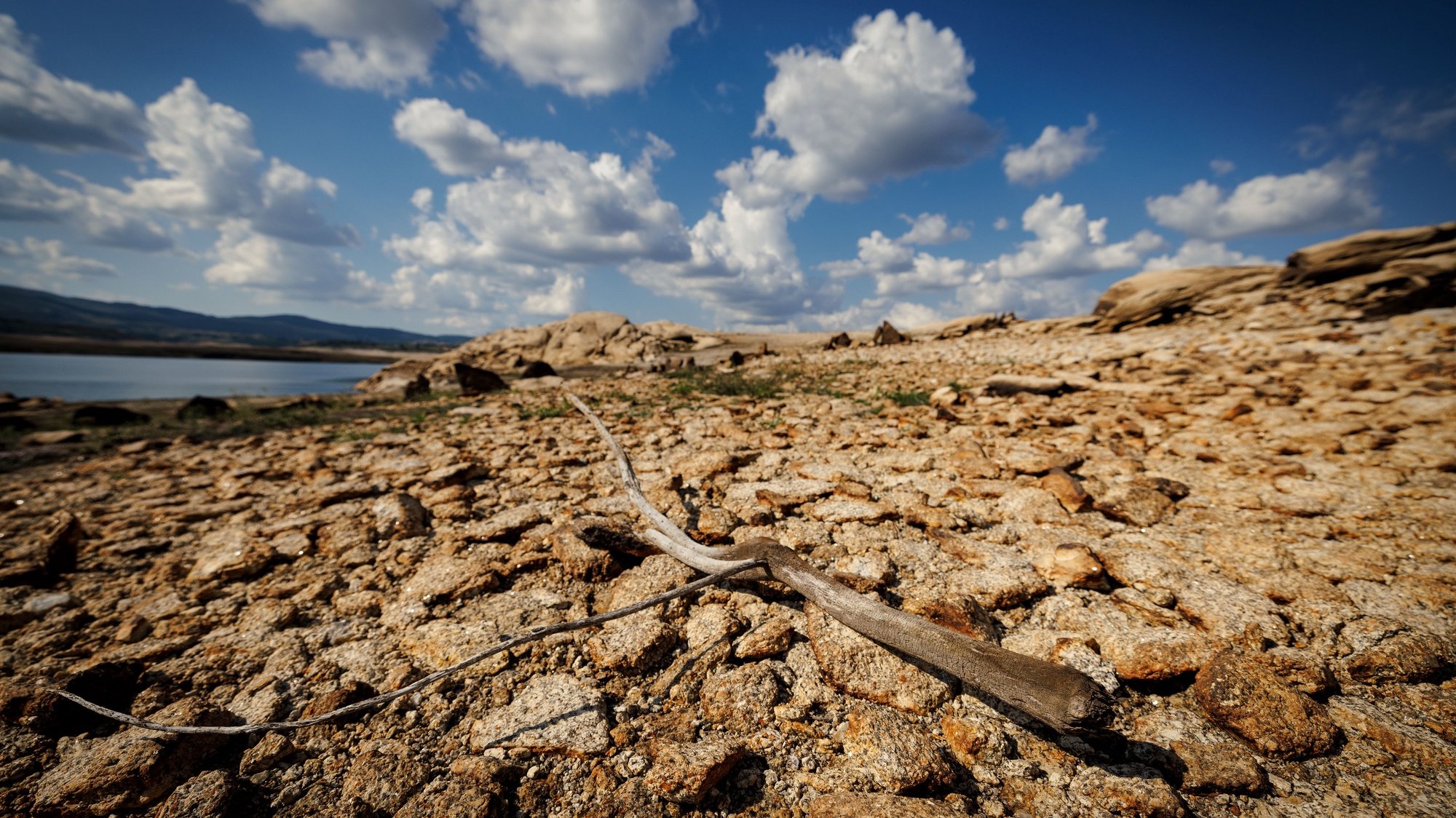From October of last year until this Tuesday it rained practically half of what would be a normal hydrological year, according to the Portuguese Institute of the Sea and the Atmosphere (IPMA).
A hydrological year is between October 1 and September 30 of the following year and so far, according to IPMA data, hydrological year 2021/2022 is the second driest since 1931 (since there are records), only surpassed by the hydrological year 2004/2005.
According to an official IPMA source, in response to Lusa’s questions, it has rained 419 millimeters (mm) so far this hydrological year, 51% of what would be a normal value.
With the entire continental country in drought, 55% in severe drought and 45% in extreme drought, the IPMA considers that the drought “would have a significant improvement” if it rains above average in the next two months. But it goes without saying that this only happens in 20% of the years.
in average terms It would have to happen in September in October, for the situation to improve, something like 150 mm in September and 175 mm in October.
Although it rained in the spring of this year, in some regions above average in March, according to the preliminary results of the spring climate report, the rainfall in the season corresponded to 80% of normal.
The drought situation of the current hydrological year had already been worsening since the autumn of last year, when the amount of precipitation in the months of September to November was 172.8 mm, which corresponded to about 69% of the average value. Last fall, according to the IPMA, was the third driest since 2020. And the month of November was especially dry, with 90.5 mm less rain compared to the average value.
As a consequence of an autumn with scarce rains, the meteorological drought extended to almost the entire territory at the end of November and increased in intensity in the south. At the end of autumn, 92% of the peninsula was in meteorological drought, that is, with little rain.
In winter, according to IPMA data, the situation has not improved, the season was the fifth driest since 1931. The numbers show that the total rainfall in the months of December to February, 117.6 mm, corresponded to only 33% of the average value. . January was classified as very dry and February as extremely dry.
Added to the lack of rain and high temperatures (the fourth warmest winter since 1931) was last winter, which exacerbated the meteorological drought, which became more intense throughout the continent. At the end of winter, 66% of the continent was in the most severe, severe and extreme drought classes.
And in addition to the high temperatures, the country has already recorded two heat waves this year.
Asked by Lusa if this worsened the drought situation, the IPMA source explained that “the hydrological drought facing the continent is directly related to the persistent rainfall deficit recorded and not so much to the occurrence of heat waves.”
“Heat waves are phenomena that, in some way, are part of the climatic characterization of the continental territory and impact the evaporation of the amount of water stored in reservoirs, dams and reservoirs,” he added.
And will it rain in the coming months? According to IPMA, the current seasonal forecast, “with all known limitations”, does not indicate “a constant signal of rainfall deficit”.
“We will be able to predict that precipitation will occur with normal values for these periods,” says the source.
But he warns that despite the “positive sign in terms of rainfall”, and taking into account what has rained so far and what is expected, it will be difficult to cover the water deficit in dams and reservoirs.
Source: Observadora
